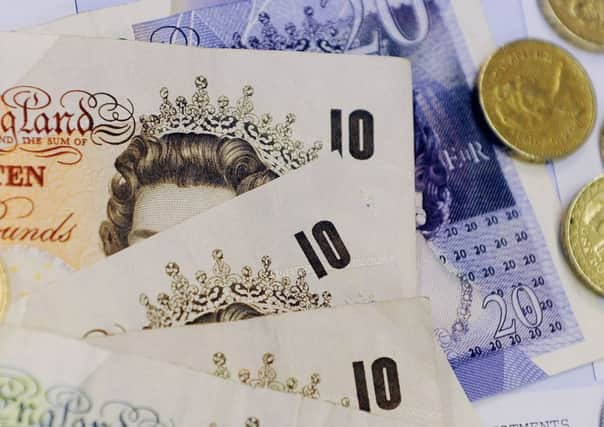Mid Ulster Council reveal rise in rates


An average domestic ratepayer will pay between 40p and 90p per week more on their existing rates bills when the new Council assumes responsibility for the services currently provided by Cookstown, Dungannon and Magherafelt Councils on 1 April 2015.
The Council agreed the rise against a backdrop of what Presiding Councillor (Chair), Councillor Cáthal Mallaghan, called an ‘unprecedented’ situation in the last 40 years of local government:
Advertisement
Hide AdAdvertisement
Hide Ad“Striking the rate is arguably the single, most significant decision which a Council takes every year and in developing a budget for 2015-2016, we have not only faced the challenges of merging three distinct organisations, but also the difficulties of clarifying the budgets of services transferring from central government.
“We have chosen also to absorb the impact of the cuts which have been imposed regionally in the interests of maintaining high quality service delivery and that’s in addition to the external factors beyond our control from inflation on goods and services to superannuation costs.
“While it is clear we are operating in a complex political, social and economic context and have perhaps faced greater financial pressures than have previously been experienced, we do not wish to stand still and are determined to contribute to the growth of our district.
Cllr. Mallaghan added: “Our budget, therefore, reflects that goal, with additional resources dedicated to ensuring we can build on existing economic development and regeneration activity, continue to support and deliver development initiatives in rural areas, continue to tap into the very real tourism potential of Mid Ulster, optimising our tourism product, investing in it and enhancing it with internationally-significant projects like the Heaney Centre in Bellaghy and the on-going development of our links with the O’Neill’s.
Advertisement
Hide AdAdvertisement
Hide Ad“All told, the Council had to find an additional £4M on top of the 3 councils’ existing budgets to be able to strike a rate which accounted for the range of financial pressures we had to meet, while also working to deliver and develop quality services”.
External factors influencing the final rate decision were costs of local government reform amounting to some £1.5M, the impact of central government cuts and reduced activity totalling £0.55M, organisational resource pressures of £0.51M and funding of development initiatives of approximately £0.4M.
The new rate, taking an assumed regional rate increase of 1.4% and applying rate subsidy where appropriate, sees an average domestic ratepayer in Cookstown pay 2.74% more on existing bills, an average ratepayer in Dungannon paying 5.81% more on existing bills and 5.63% more for an average ratepayer in Magherafelt.
Notwithstanding the potential impact of the non-domestic revaluation over which the Council has no control, the equivalent non-domestic average ratepayer would pay 0.72% more in Cookstown, 3.23% more in Dungannon and 2.02% more in Magherafelt.